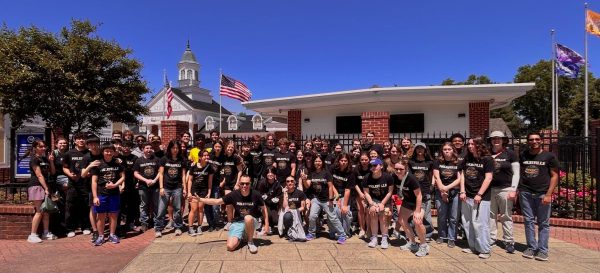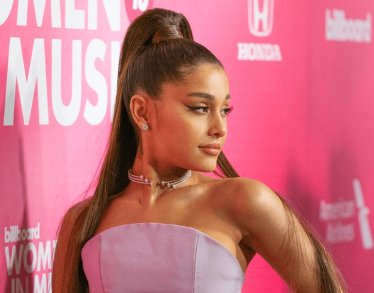The rise of hip-hop, the death of rock and roll
Within the world of music, the turn of the century served as a period of transition as hip-hop began to replace rock music as the new genre to be embraced by youth and saturate airwaves. As the genre of hip-hop and rap grows into the mainstream, dominating the airwaves, it begins to look more and more like rock and roll once did in the late 20th century. Over the course of the past two decades, hip-hop has experienced the formation of many subdivisions and crossovers with other cultures, just as rock and roll did in the late 1970s into the 80s.
As a performer of rock music, and a follower of hip-hop, the connections between the two genres are seemingly endless, however those similarities are separated between the late 20th and 21st centuries. Rock and roll often took root in certain regions, and hip-hop followed suit decades later. The sub-genre of psychedelia in rock emanated across the country from the San Francisco and Berkeley areas, just as gangsta rap, one of the first major sub-genres of hip-hop, developed most centrically in Los Angeles. These regional parallels continue as each genre grew, with uniquely identifiable sounds originating in many more regions, but also an abundance of crossover genres forming. While efficacy in teenagers for rock and roll continues to dwindle, rap and R&B music is promptly taking rock’s place, not only with regionalism, but also the image the respective artists portray.
Additionally, the artists share many similarities. The ‘rockstar’ lifestyle, characterized by drug use, promiscuity, and young deaths that was once pioneered by the likes of rock bands and pop stars in the later part of the 20th century has now been adopted by the many rappers and singers within the hip-hop genre, with themes of misogyny, drug use, and a lust for life being extended far beyond their predecessors. It is important to note that this wild lifestyle has promptly faded from the rock world, as more and more young bands are emerging as completely sober, or at the very least well behaved young groups.
Similarly, both genres have experienced a series of generational differences amongst their followers. As many fans of early 60s rock groups such as the Beatles and the Who aged and had kids, they began to condemn the subgenres of punk and disco as their children pioneered the new sounds forward in the late 1970s. Within rap, fans of 90s boom-bap subcultures are now beginning to condemn the wave of ‘mumble rap’ that is propagated by the younger generations of today.
Opposite of this generational gap, the continued development of each of these genres involves many ‘Renaissance’ movements in which a young artist or group gains popularity through performing with a certain sound from previous generations, whether it be Joey Bada$$’ 1999 project, which served as an ode to the boom-bap sound of New York in the 90s, or the rockabilly sound of the Stray Cats in the 80’s, providing listeners with a revival of the classic 1950s sub-genres. Such ‘throwbacks’ as these can only occur once a genre is the most dominant force in music, and the teenage demographic has complete control over this. Just years after teens were celebrating the massive variety of rock and roll music, they now bring the very same attention to hip-hop.

Joe Dwyer is a senior in the Humanities program, and is writing for the Pulse for the second consecutive year. He enjoys creating dialogue among a broad...







